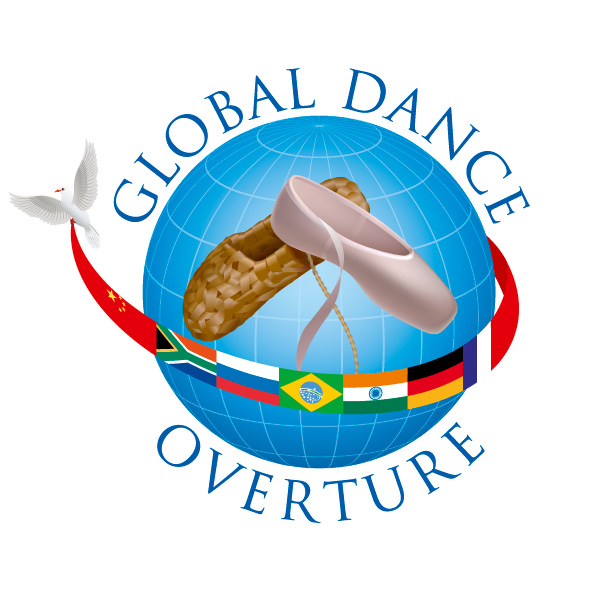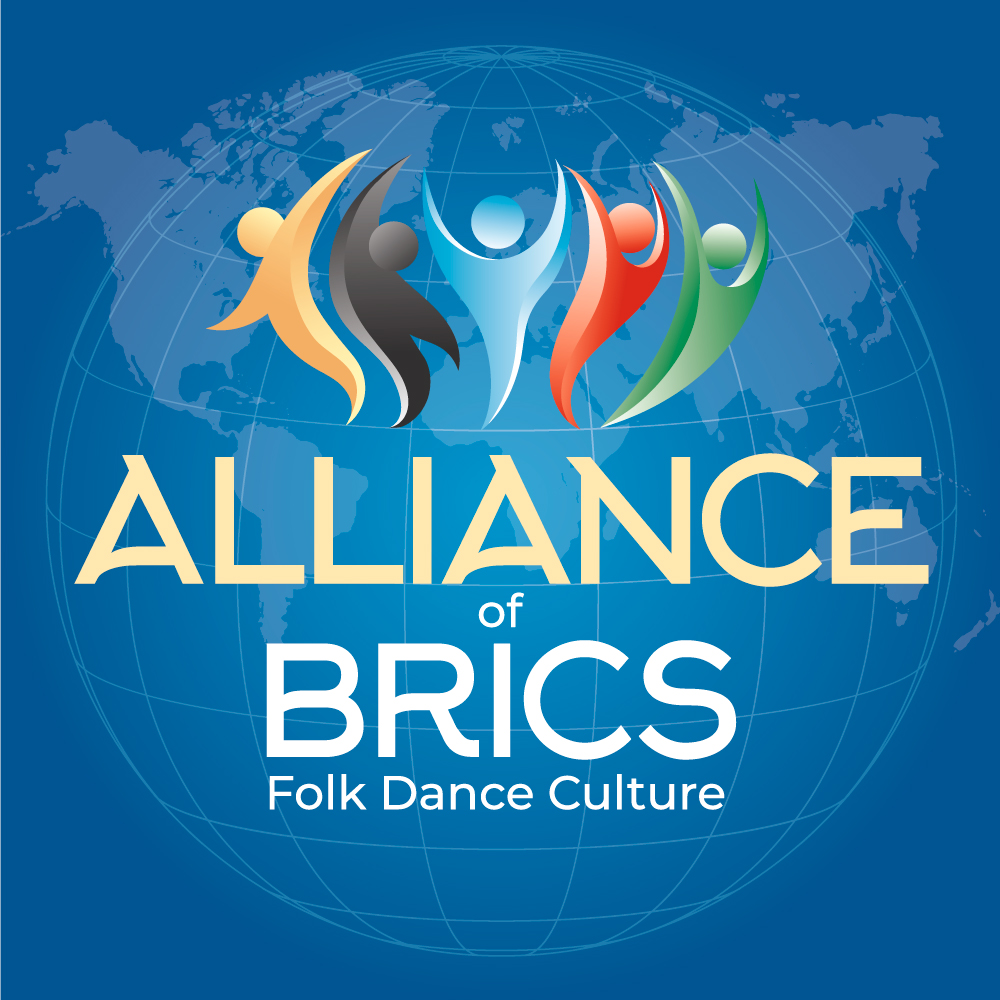PROJECT - BACK HOME WITH VICTORY!
HEROIC AND HISTORICAL SHOW “BACK HOME WITH VICTORY”
by Yuri TSARENKO, an Honoured Arts Worker of the Russian Federation, as the Scriptwriter and the Art Director of the show, and Boris GOLODNITSKIY, an Honoured Artist of the Republic of Mari-El and a laureate of state prize of the Republic of Mari-El, as the Scene-Designer.
The show conveys the atmosphere of the pre-war Russia and paints vivid pictures of extreme exertion of the Soviet people, their dedication and solidarity during the war years. These historical events have become legendary. This is a story of the time that we remember with tears and pain. This is an event that changed the histories of many states. This is a war that ruined millions of lives. This is a victory that gave hope to many future generations. This is a story about incredible powers of the Russian people, their hope and love from the first days of the war until its victorious ending.
More than 150 people take part in the show, among them are the artists of “Kostroma” Ballet, Ludmila CHURSINA, a People’s Artist of the USSR and a leading actress of the Central Academic Theatre of the Russian Army, Vasily PYANOV, an Honoured Artist of the Russian Federation, a vocalist, Pavel GERSHTEIN, the Art Director and the Chief Conductor of the Kostroma Governorate Symphonic Orchestra, local Symphonic Orchestra or Kostroma Governorate Symphonic Orchestra conducted by Pavel Gershtein, soldiers of the local military units or the cadets of higher military educational institutions as volunteers.
Every episode of the show recreates real atmosphere of the war years in chronological order as the main historical events go:
“Park for Recreation and Leisure”. The action starts in the foyer of a concert hall decorated in the style of the pre-war years. The artists recreate the picture of peaceful life by taking the audience back to the beginning of the 40-s right from the threshold of the building. There are many things such as street lamps, park benches and tables that remind us of the past. One can hear an old phonograph playing quietly. The veterans, surrounded by the artists who impersonate the walkers in the park, inconspicuously become the characters of the show. They play old wooden chess and domino; they sing songs of their young years to the accordion and take photos. The guests of the old café eat sandwiches with herring, enjoy bakery and drink vodka and sitro.
The action gradually moves to the stage where the same characters keep doing skits of the pre-war life against the background of the decorations of the old park while the symphonic orchestra plays tunes and melodies popular at that time.
“The beginning of the war”. Explosion. The background of the old park is substituted with the decoration of ruined cities. The music, the light, the laser special effects and the screen with stock footage contribute to the atmosphere of advancing troubled times and disaster. The artists on stage convey the feelings of the people through their dance. Then one can hear a poem, a speech of a mother who saw her son off to the war, coming through thick smoke. The poem is read by an actress of a drama theatre.
«Seeing off to the front line». The episode with the mother disappears when a lot of soldiers dressed in the war uniform and ammunition of 1941 come moving as a never-ending stream. The artists get on the train carriage called “Stolypinsky” that comes out from the curtains.
“Blockaded Leningrad”. Cold wind is blowing. The snow is falling heavily. The artists in the foreground show the life and sufferings of the people in blockaded Leningrad. The symphonic orchestra starts playing Shostakovich’s Seventh Symphony quietly. One can hear the roar of attack aircraft coming closer. A burning chandelier falls down on the orchestra simultaneously with the sound of the bomb exploding. The front screen falls for some seconds showing the episodes of the battle in the city.
“A letter from the front line”. One can hear a war song called “Temnaya Noch” (Dark Night) and see a potbelly stove with the fire in it on stage. The soldiers are resting after the battle: some are sleeping and some are writing letters to the dear and near. Then there appears a car called “Polutorka” (a thirty-hundred-weight lorry). There is a propaganda team in the back of the truck playing musical instruments, singing folk couplets and the song called “Siniy Platochek” (Blue Kerchief). The soldiers start dancing.
“The fight”. The cheer is suddenly broken by the enemy’s attack. The episode of the fight turns into the victorious battle near the walls of the Reichstag building.
“Welcoming the Victors”. A post with a loud speaker is lowered and Levitan’s voice declares the end of the war. The screen shows the footage of the Berlin seizure and putting the flag of the victors on the Reichstag. A train car appears. The artists perform a dancing etude called “Back Home with Victory”. The episode turns into a blossoming May garden. The artists perform the final dance called “Waltz with the Victors”.
PART II of the Show IS DEDICATED TO THE ACT OF BRAVERY OF ALL THE PEOPLE OF THE GREAT COUNTRY.
The decorations of the blossoming May garden of the war years change into the celebratory atmosphere of the present days.
The spirit of unity of the multinational country is like a continuation of the soldiers’ voices speaking different languages of the USSR that we hear in the show. This spirit fills the turns of the program Russian National Dance Show “Kostroma” presented by Russian national ballet “Kostroma” – “Molitva” (The Prayer), “Bolshoi Kazachiy Plyas” (Big Dance of the Cossacks), “Legenda Severa” (The Legend of the North), “Tatarskaya Vesna” (The Tatar Spring), “Ritmy Kavkaza” (The Rhythms of the Caucasus), “Yokhor Buryatii” (Yokhor of Buryatia), “Flotsky” (The Sailors Dance), “Yevreyiskays Suita” (The Jewish Suite), “Prazdnichnaya” (The Celebratory Dance). Every piece reveals the unique character and original culture of the Cossacks, Tatars, Jews, the people from the North, the Caucasus, and the Far East.
The songs of the war years performed by Vasily Pyanov, an Honoured Artist of Russia, will fill the hearts of the people in the audience with warmth and enthusiasm of their young years, acts of bravery and victories.
The final song of the concert is “Den Pobedy” (the Day of Victory). All the participants of the concert come on stage. An airship with a poster “HAPPY VICTORY DAY!” flies over the audience.
FACTS
“Back Home with Victory” is a synthesis of live music, drama, choreography, large-scale realistic decorations, snow, smoke, laser animation and a video projection with documentary footage from real events of the Great Patriotic War provided by the archives of Mosfilm.
The main stages of the terrible five-year war shown in “Back Home with Victory” program are conveyed through the smallest details, things, objects and symbols defining people’s memory.
Eight 8 tons of cargo and more than 1,000 prompts to create an authentic picture: a camera from the 30-s, a set of chess, a clock, a potbelly stove, a guitar, an accordion, bags, suit cases, knapsacks, ground sheets, tarpaulin boots, helmets made in 1953, flasks, canisters, pots, kettles, sledges, kindling wood, magazines, newspapers, notebooks and letters. Every costume has well-thought of accessories such as earrings, bracelets, bead necklaces, brooches, pins, kerchiefs, ladies’ handbags, hats and lots of other things.
More than 300 historically authentic costumes: soldiers’ war uniforms, Soviet Army officers’ uniforms, uniforms of a militia man and a sailor, clothes for civilians, costumes of an Uzbek woman and man, a Georgia man, a Jewish man and a Cossack. Every costume corresponds to the fashion and the times of the 30-s and the 40-s. The clothes were made by Moscow Workshop of Historical Reconstruction of Costumes, workshops of Mikhailovsk Theatre of Saint-Petersburg and Theatre Workshop “Lena-Line”.
Large scale massive and dramatic decorations specially made for the show by Mikhailovsk Theatre of Saint-Petersburg are exact copies of the things of that time: a heated train car, a thirty-hundred-weight lorry, machine-guns and Shpagin submachine weapons, panoramic decorations blossoming May garden and the broken window.


